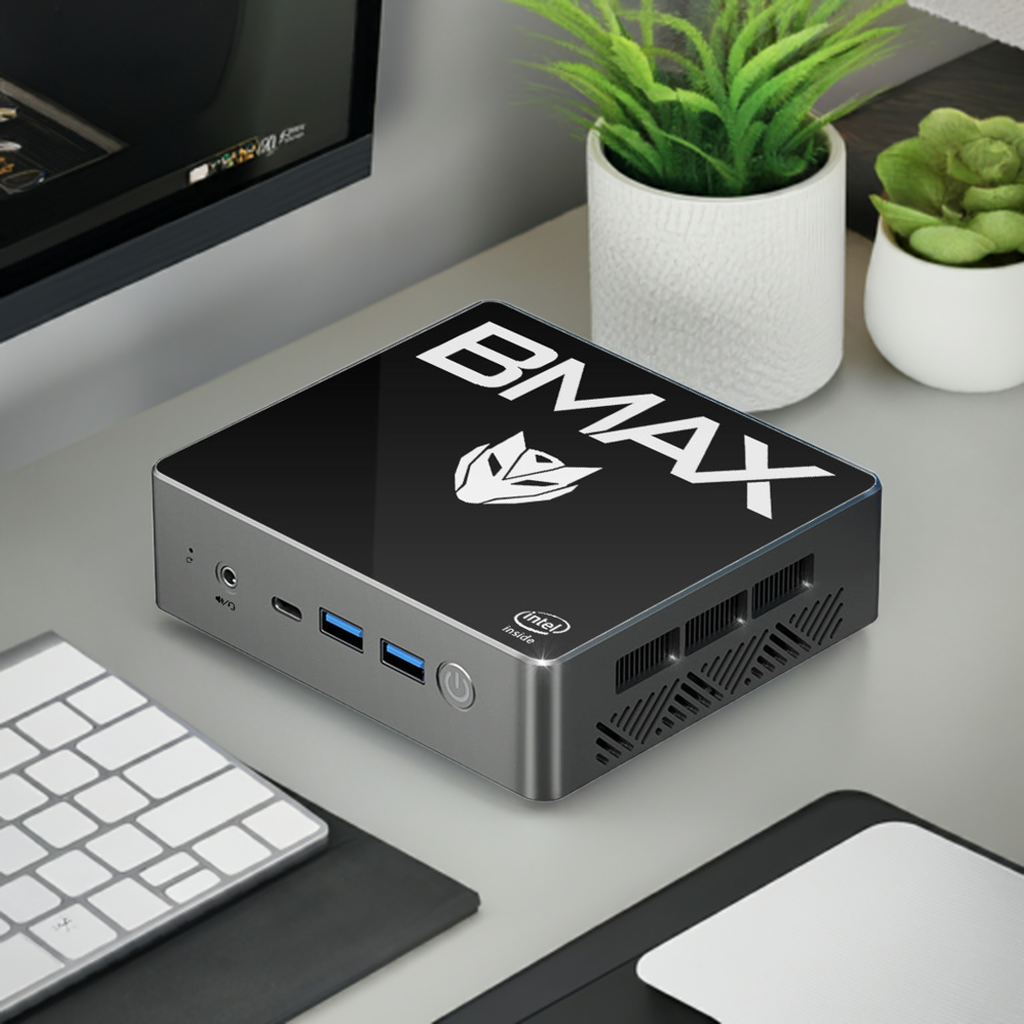Why the BMAX B4 Turbo Outperforms Old Flagships at Half the Price
When changing computers at the beginning of the year, many people were confused about whether to buy an old high-end model or a new entry-level model? The author's point of view is very clear: in today's rapidly developing technology, it is better to choose a new high-cost-effective product, such as the BMAX B4 Turbo strongly recommended in the article, rather than buying an old discounted high-end model.
The reasons are as follows:
It uses Intel's 13th generation N150 processor (4 cores and 4 threads, 7nm process, maximum frequency 3.6GHz, power consumption is only 6W), and the performance is close to the past mid-to-high-end processors (such as the 10th generation i3 and i5), but the price is directly cut in half.

The memory and storage are sufficient (16G+512G/1TB), which is completely sufficient for daily office and entertainment, and the reading and writing speed is not bad.
The 512G version is only $168(coupon:ZVFZMWMWQZE3), which is hundreds of dollars cheaper than the old models with the same configuration (such as ThinkCentre M60e, ProDesk 400 G6), and the cost-effectiveness is off the charts.

Compared with the star processors of previous years (such as i3-1005G1, i5-10500T), the performance of B4 Turbo is close to or even partially surpasses it, and the power consumption is even lower, and it will not heat up and reduce the frequency after long-term use.
Even the mac mini (2020 model) with Apple M1 chip can be compared: B4 Turbo has a higher frequency (3.6GHz vs M1's 3.2GHz), but the price is only 1/3, which is suitable for users with limited budget but want to experience smoothness.
Old hardware may face compatibility issues after system upgrades, affecting smoothness; while the new architecture and process are more advanced and more stable.
Although the old mid-to-high-end models were once powerful, the price was inflated (for example, the i5-10500T model costs $449), and the body is bulky, not as compact and portable as B4 Turbo.



